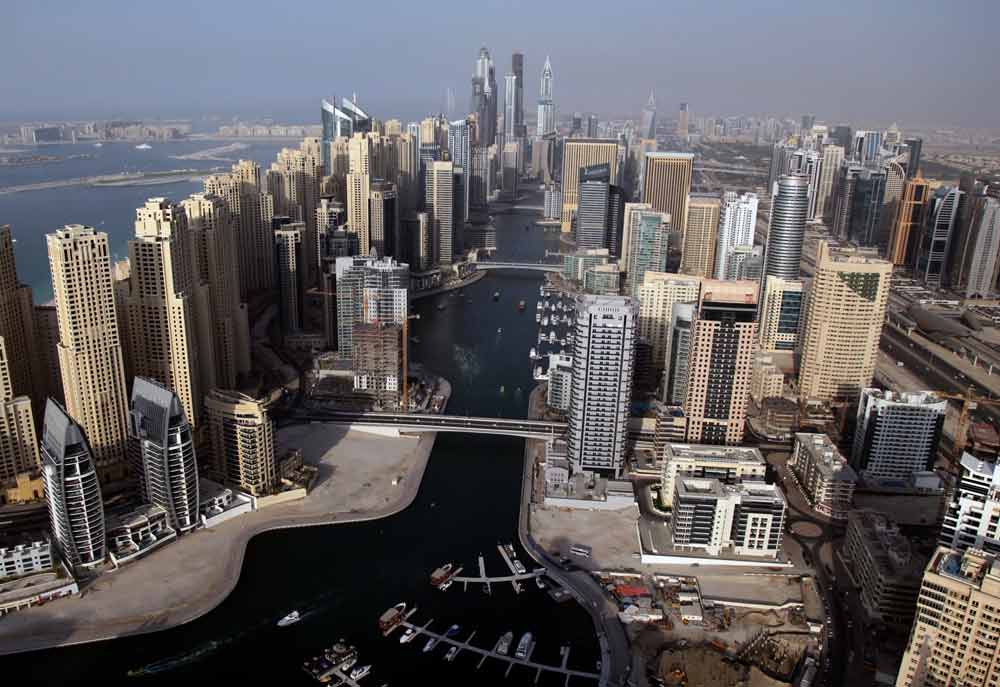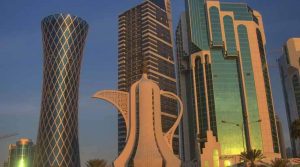LONDON — Hotels in the Middle East reported mixed November 2016 results, while hotels in Africa posted positive results in the three key performance metrics when reported in U.S. dollar constant currency, according to data from STR.
Compared with November 2015, the Middle East recorded a 3.1% increase in occupancy to 71.3%. However, a 7.7% drop in average daily rate (ADR) to US$182.60 pulled revenue per available room (RevPAR) down 4.8% to US$130.27.
Africa experienced a 1.2% increase in occupancy to 59.9%. That coupled with an 18.6% spike in ADR to US$118.59 pushed RevPAR up 20.0% to US$71.01.
Performance of featured countries for November 2016 (local currency, year-over-year comparisons
Kenya recorded a 13.6% increase in occupancy to 58.0%, mitigating a 3.7% drop in ADR to KES13,612.49. As a result, RevPAR grew 9.4% to KES7,899.87. The World Bank’s most recent Kenya Economic Update projected 5.9% growth for Kenya’s economy, helped by low oil prices, good agricultural performance, a supportive monetary policy and ongoing infrastructure investments. For Kenya’s hotel industry, this will likely translate to significant supply growth, as there are currently 2,349 rooms in the pipeline set to enter the market over the next five years.
Qatar reported a 1.2% decline in occupancy to 69.1% and a 6.8% decrease in ADR to QAR469.75, leading to an 8.0% drop in RevPAR to QAR324.38. Significant supply growth (+6.1%) outpaced solid demand growth (+4.8%) during the month. STR analysts note that the amount of new supply entering the country is not expected to slow any time soon, as there are currently 15,958 rooms in Qatar’s pipeline—3,121 of which are set to hit the market in 2017. The country’s economy also been affected by falling oil prices.
South Africa saw relatively flat occupancy (+0.7% to 72.7%), while ADR rose 9.1% to ZAR1,230.84, pushing RevPAR growth 9.9% to ZAR895.30. STR analysts note the importance of tourism to the country’s economy, and by extension, hotel industry. According to South Africa’s Department of Environmental Affairs, international arrivals increased 14.8% during the first seven months of the year. The country has now reported 64 straight months of RevPAR growth.
Performance of featured markets for November 2016 (local currency, year-over-year comparisons)
Abu Dhabi, United Arab Emirates, reported a 3.2% decline in occupancy to 81.0% and a 10.6% decrease in ADR to AED659.73, resulting in a 13.5% drop in RevPAR to AED534.11. STR analysts note that November is a traditionally strong month for Abu Dhabi, but supply growth (+3.5% year to date) continues to drive negative year-over-year performance. While November as a whole showed negative figures, the market did achieve four consecutive days with ADR above AED1,000.00 thanks to the Formula 1 Abu Dhabi Grand Prix.
Beirut, Lebanon, posted a 17.4% increase in occupancy to 55.3%. ADR fell 7.8% to LBP192,214.91. RevPAR rose 8.3% to LBP106,297.27. The spike in occupancy came in comparison with a low base in November 2015 (47.1%). STR analysts note that despite improved security conditions, the market’s hotels continue to face challenges due to regional tensions and political instability.
Muscat, Oman, reported significant declines in occupancy (-13.0% to 64.2%) and ADR (-13.6% to OMR75.95), resulting in a 24.8% decline in RevPAR to OMR48.74. STR analysts note that Oman’s economy has been heavily affected by low oil prices, and year-to-date figures through November show that RevPAR in Muscat is down 20.7%



